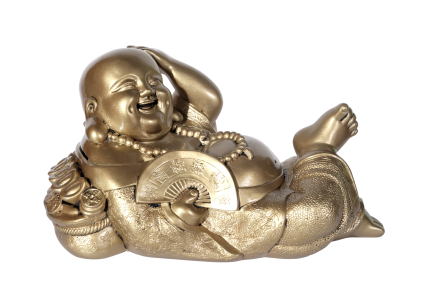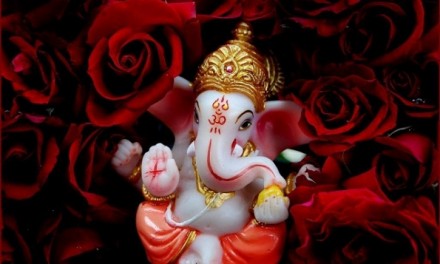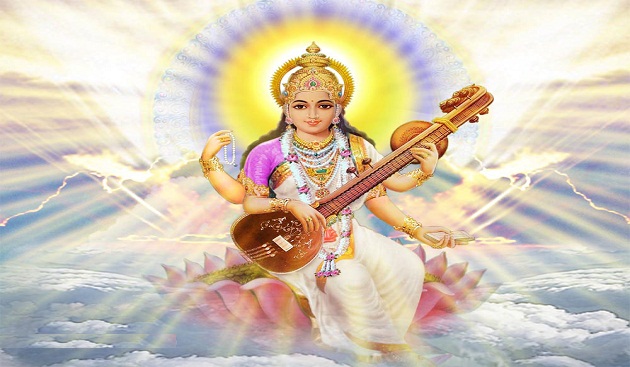Symbolism is regarded as a basic component in various Fengshui practices. Therefore, several figurines and symbols are believed to bring good luck, and are found integrated with decorative objects. Laughing or Fat Buddha is one such effigy. He is believed to absorb all the negative Qi, (energy), surrounding the individual, and provide them with Midas touch by bringing wealth, contentment, happiness and success.
Story behind Smiling Buddha
Maitreya, commonly known as Laughing Buddha, or Budai, as he holds a hemp bag with several knickknacks, is a famous deity, according to Chinese astronomy, Fengshui, which believes in the art of living in harmony with earth. According to the Chinese tradition, the Happy Buddha hail from Fenghua province, during the 10th century, and is believed to be a monk, named Qieci. On the other hand, Indian myths explain Budai as Angida, a legendary snake catcher.
The Figurine
The idol of Maitreya is generally depicted by a reclining old man with a protruding belly, bald head, and a jubilant wide beam. Often, known as Travelling Buddha, he is found holding the ‘Wu Lou’ (small bottle of liquid or Chinese gourd), and carrying cloth sack with ingots of precocious gold.
It is found to be made up of different materials like metal, crystal, marble, resin and even porcelain. This statue is also available in various shades like white, brown and even golden fade. Apart from the colours and the materials by which the figures are made, different sizes are available in different postures. Buying a figurine of two to three feet is found to be advisable for enjoying the benefits of its positive Qi (Chee or energy).
The Ideal Placement of the Idol for Harmony
An exemplary placement is pretty necessary to enjoy the plentitude provided by this favorable figurine. Almost all the temples of Zen sect, main entrance positions are kept for this reclining old man, who is a symbol of relaxation and contentment. It is generally advisable to place it 30 inches above the ground level, directly facing the main entrance. It can also be positioned on a corner stand in a diagonal fashion, facing the front entrance.
Those looking for commercial success can place them on the office or reception tables. Students can place them on the study table for better results. It is often advised not to place these auspicious Fengshui symbols on the floor, or in dining areas, as well as bed rooms.
Pose and the Purpose
About seven various poses of the figurines, each with varied significance are available. Of all these the most common ones include:
- Those looking for wealth: They can get a Smiling Buddha statue with money sack and place it in the South east region of the house.
- Those looking for colourful life and vibrant energy: They can get a Buddha symbol with Wu Lou.
- He is also a patron for children and so those willing to have kids: They can get the Buddha statue surrounded by kids indicating the clan.
Laughing Buddha is regarded as the most auspicious symbol in Fengshui, and his big belly as the embodiment of wealth and prosperity. Therefore, he is found embellishing several homes, and business locales, like restaurants, reception tables etc., with his elegance and pleasantness.






